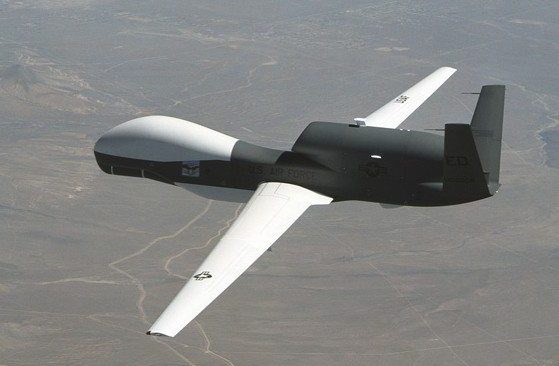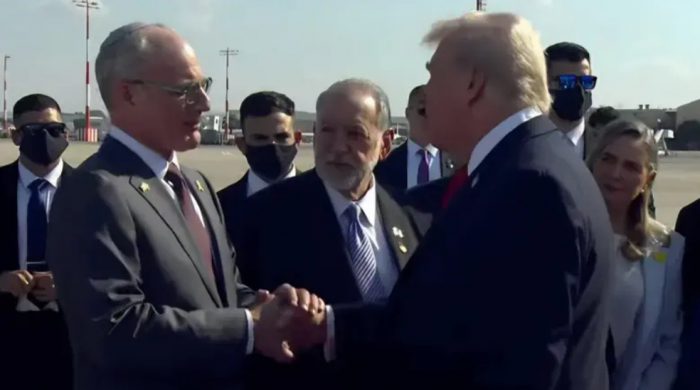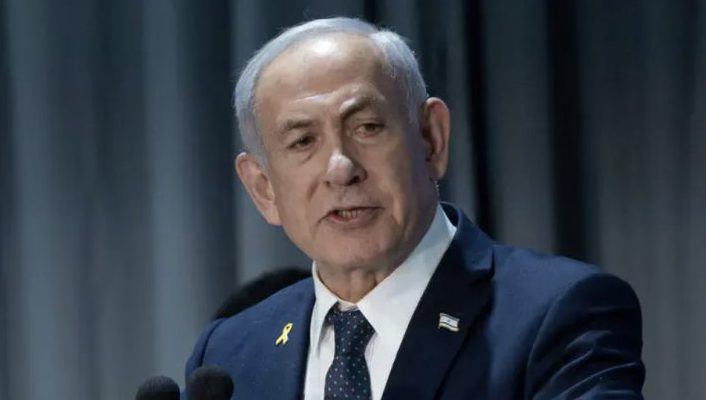In a rare joint effort, the U.S. military launches surveillance drones over Gaza to ensure Hamas abides by the American-brokered ceasefire and to support Israel’s security coordination.
In a decisive move underscoring Washington’s trust in Israel’s security leadership, the United States military has begun operating surveillance drones over Gaza, marking a powerful new phase in enforcing the delicate ceasefire between Israel and Hamas.
According to senior Israeli and American defense officials, the drone operations—conducted with Israel’s explicit consent—are aimed at ensuring full compliance with the ceasefire terms and preventing Hamas from regrouping under the cover of “peace.”
The flights, quietly approved by both governments, are being coordinated through the U.S. Central Command’s Civil-Military Coordination Center (CMCC), established last week in southern Israel. This center serves as a strategic hub, enabling real-time cooperation between Israeli intelligence units and American surveillance teams to oversee humanitarian and security operations.
Sources told The New York Times that the drones are scanning for any renewed Hamas military buildup, tunnel reconstruction, or rocket-storage activity. “These are not symbolic flights,” one Israeli officer said. “They’re a deterrent signal—Hamas knows the Americans are watching, and that gives Israel a stronger hand.”
The truce, brokered by the United States, Qatar, and Egypt, remains tenuous amid Hamas’s continued violation of key terms, including its refusal to release the bodies of murdered Israeli hostages. Israeli officials have privately warned that Hamas is “testing limits,” using civilian areas to conceal fighters and rebuild command infrastructure—activities that U.S. drones are now documenting independently.
While the Israel Defense Forces (IDF) have relied on their own drone fleet for precision strikes and surveillance throughout the war, the addition of American eyes in the sky represents a new era of strategic synchronization between the IDF and U.S. Central Command—an alliance rooted in shared security priorities across the Middle East.
The State Department and IDF both declined to comment publicly, but analysts note that the message is unmistakable: Washington is not just brokering peace—it is actively ensuring that Hamas cannot exploit it.
For Israel, this collaboration is not merely about monitoring a ceasefire; it is about safeguarding the victory hard-won since October 7 and guaranteeing that Gaza never again becomes a launchpad for terror.





